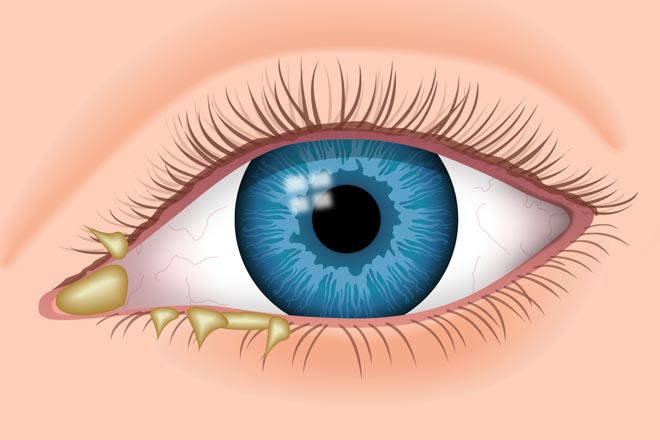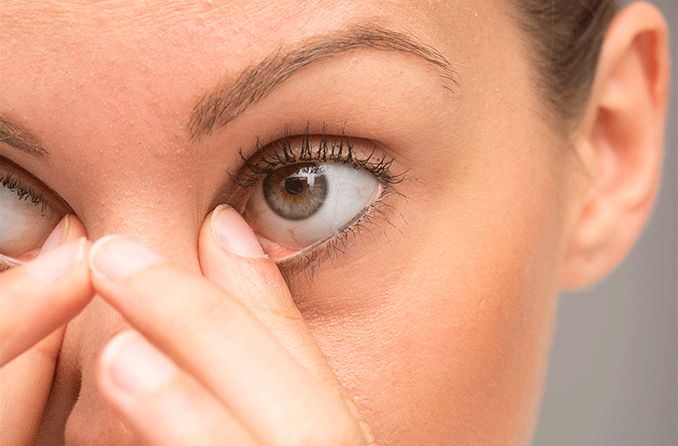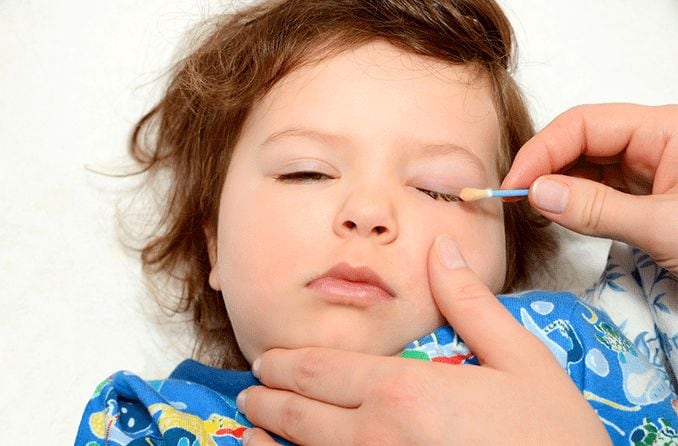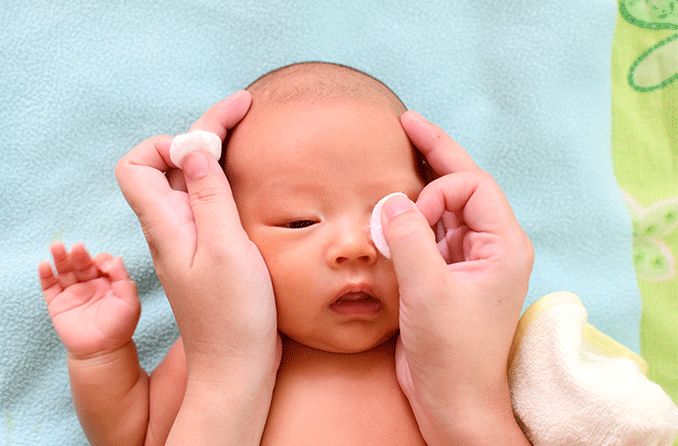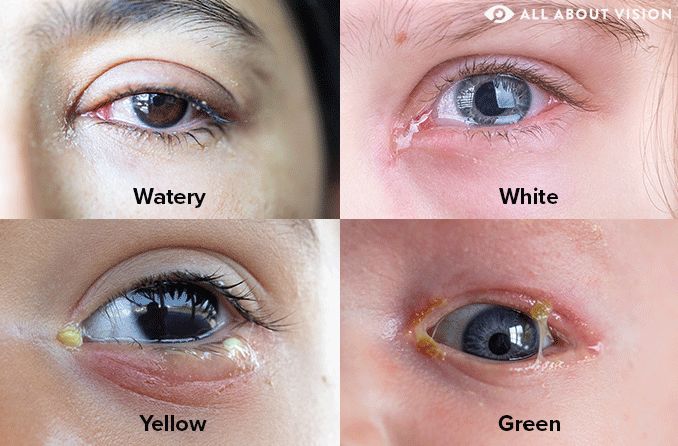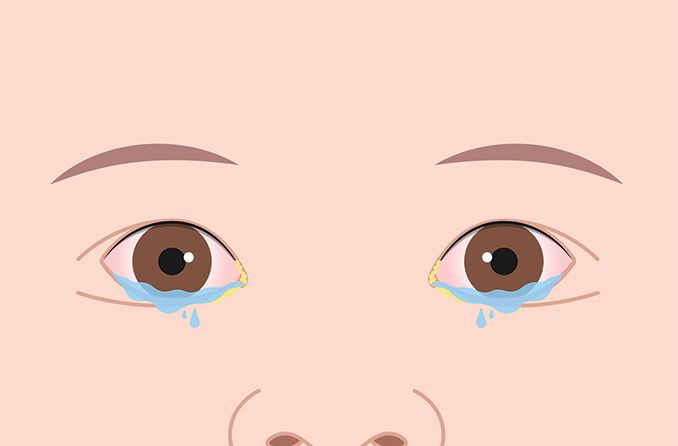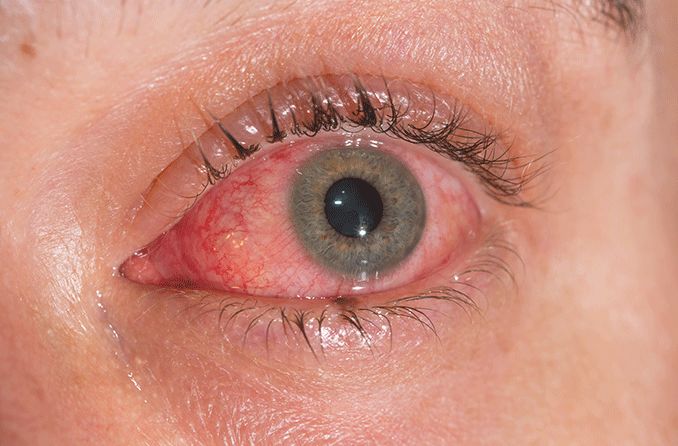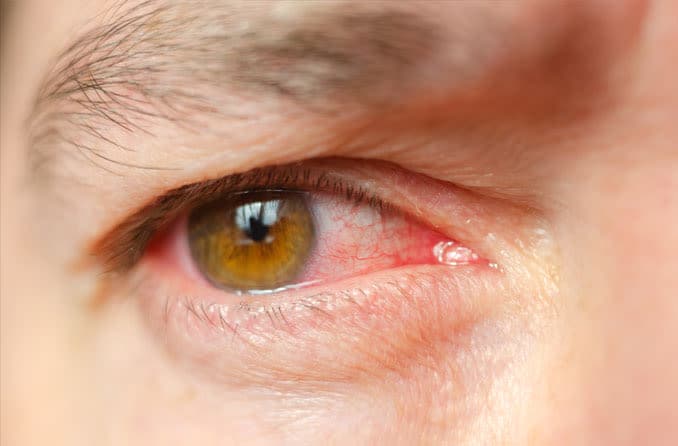Waking up with the feeling that your eyelids are sticking together isn’t exactly a comfortable sensation. You might even be alarmed at first. Luckily, most cases of sticky eyes go away on their own or are easy to treat.
Mild cases, like the ones caused by seasonal allergies, might result in some minor difficulty opening your eyes after they’ve been closed for a little while.
More severe cases can make your eyes feel like they’re almost glued shut, and it may be hard to open them at all. This sticking is usually the worst right after you wake up from a nap or a night’s rest.
If you feel like you have sticky eyes, you’re probably feeling other eye-related symptoms too. For example, your eyes might seem both sticky and blurry, with a slight burning sensation. Someone else’s eyes could feel sticky and painful, but without blurriness.
Symptoms you might have alongside sticky eyes include:
Eye discharge or pus, which can be clear, white, gray, yellow or green
Crusty “gunk” along the edges and corners or your eyelids
Allergy or flu-like symptoms elsewhere in your body
Causes
Sticky eyes are usually caused by excess mucus or discharge that dries between your eyelids, making them harder to open. A handful of conditions can cause this to happen, but many are temporary and treatable.
Some problems require treatment while others fix themselves over time. If you’re not sure what’s causing your eyes to stick or whether you need treatment, play it safe and schedule an exam with an eye doctor.
Bacterial infection
If you notice thick pus in your eye or running from your eyelids, there’s a good chance you have a bacterial eye infection. This goopy discharge forms as a result of your body fighting the infection. Eye pus is usually some shade of white, yellow or green.
Like the name suggests, bacterial conjunctivitis happens when bacteria infects your conjunctiva, the thin membrane that covers the front of the eye and lines the inner surface of the eyelids. An eye doctor might recommend antibiotics, but they aren’t always needed.
Bacterial conjunctivitis is sometimes referred to as a form of pink eye, but many eye doctors only classify viral conjunctivitis as pink eye. The viral version doesn’t typically produce pus and sticking eyes. Instead, it results in a more watery drainage and usually goes away on its own.
Allergies
While many people associate sneezing with allergies, eye-related symptoms are also very common. Red, irritated eyes from allergic conjunctivitis can sometimes cause a mild sticking sensation in your eyes.
Cold, flu or another common illness
Common viral illnesses like colds, the flu or upper respiratory infections can cause you to feel a number of symptoms in your head. Your eyes are no exception, and the additional mucus and irritation caused by these illnesses can result in mildly sticky eyes.
Blepharitis
Blepharitis is a common form of eyelid inflammation. It can be caused by common conditions like dry eyes and dermatitis, or rarer things such as eyelid parasites, lice or mites. It’s known to cause a crusty buildup at the base of your eyelashes, which can cause your eyelids to feel sticky after a while.
Complications from contact lens use
If you wear your contacts more than you should or you don’t clean and maintain them properly, you may experience mucus and debris buildup, eyelid inflammation, and eventually, sticky eyes. This is often diagnosed as a condition called giant papillary conjunctivitis (GPC).
The first step if you suspect that your contacts could be causing eye stickiness, pain or drainage is to take them out as soon as possible and schedule a visit with an eye doctor. Properly caring for your contact lenses will greatly reduce your chances of developing GPC.
Other causes
Less common causes of sticky eyes include:
Dry eye syndrome
An infection in your tear ducts
SEE RELATED: What different eye discharge colors mean
Treatment
Recommended treatment will vary depending on the condition or irritant causing your eyes to feel sticky. If your problem is the result of an infection or allergic reaction, a doctor may prescribe:
Antibiotic medicine (oral or topical)
Antifungal medicine
Antiviral medicine
Antihistamine medicine
When sticky eyes are caused by a tear duct blockage or hard-to-treat stye, an ophthalmologist may recommend surgery.
In the meantime, if sticking eyelids are making it hard to open your eyes, try using a warm, damp washcloth to wipe the affected eyelid area. This gentle treatment can be a short-term fix while you determine any underlying causes.
Newborns with sticky eyes
Sticky eyes are common in infants and newborns and make a popular reason for a visit to the pediatrician.
Since babies’ tear ducts aren’t yet fully developed, it’s normal for some blockages to occur during their first years of life. Tear duct blockages often result in a white or yellowish discharge, which can make it hard for babies to open their eyes when it dries.
While blockages often clear up on their own after a few months, they can also lead to infection. A doctor can monitor your newborn and help you decide if any treatment is needed.
Pink eye in babies is another frequent cause of sticky eyes, in large part because babies touch their eyes and faces much more than older children and adults.
READ MORE: Eye discharge in babies and toddlers


